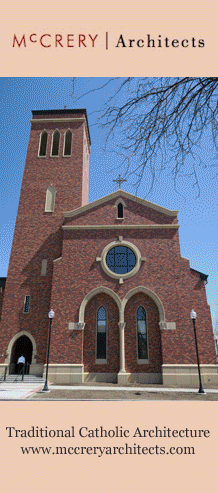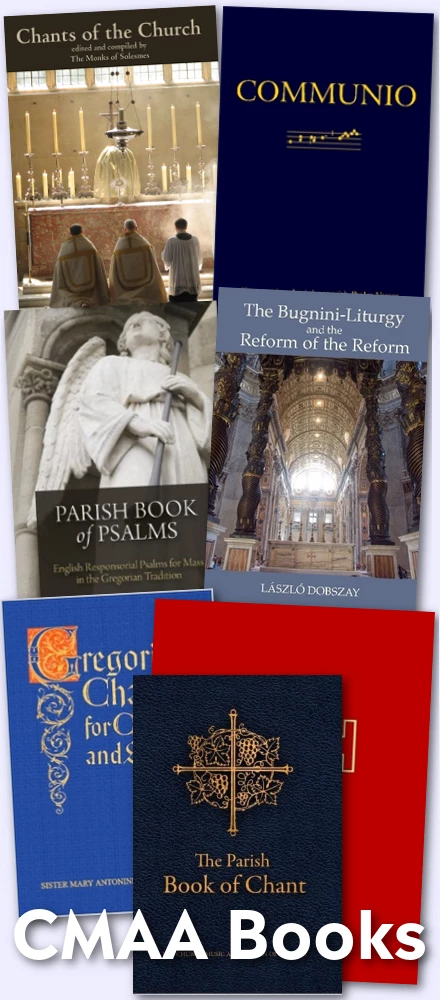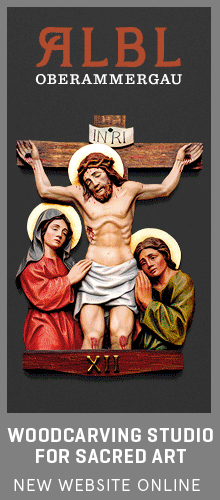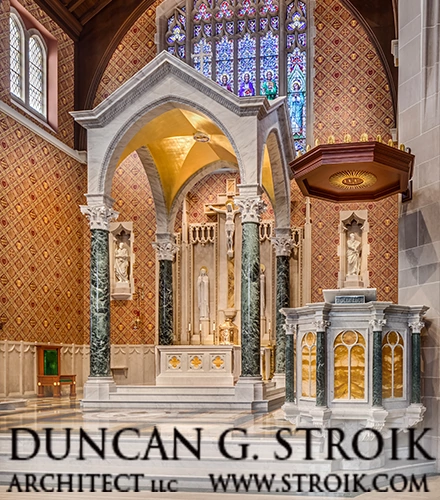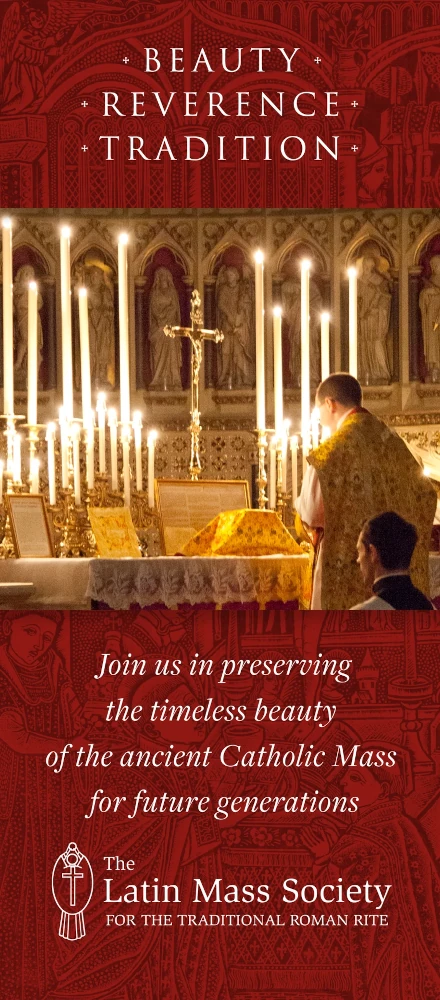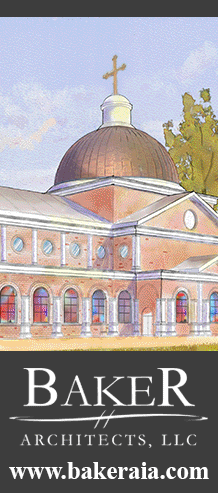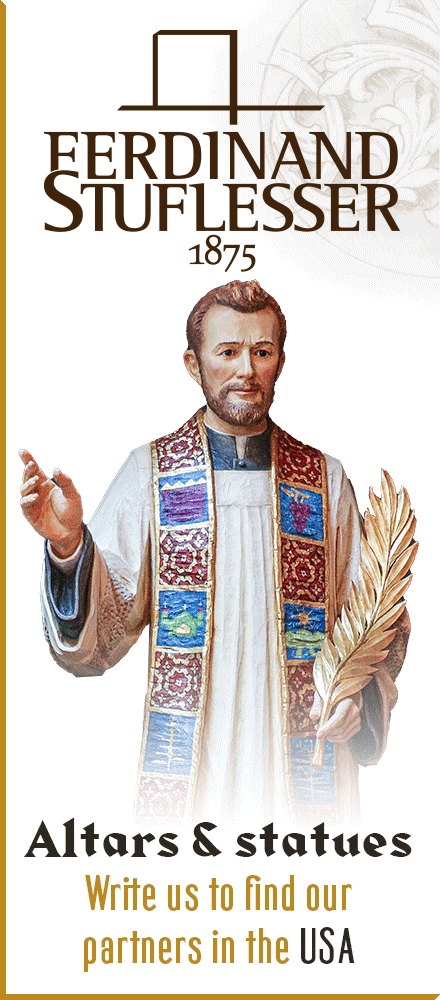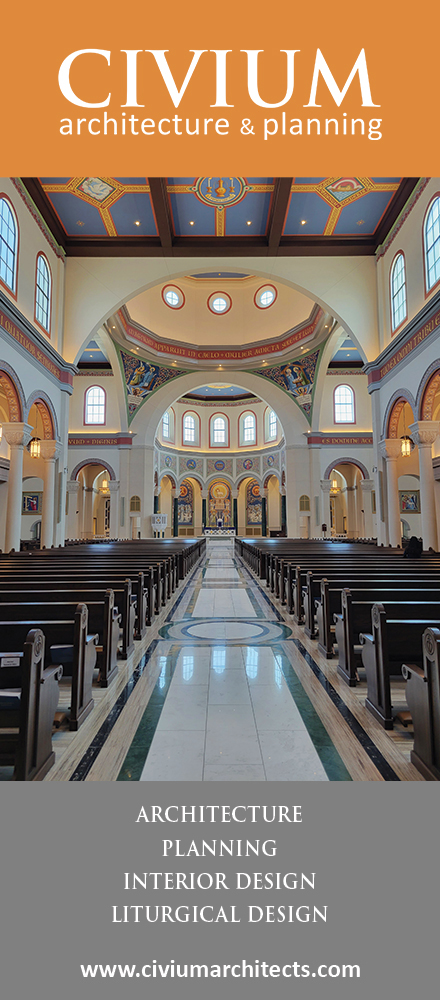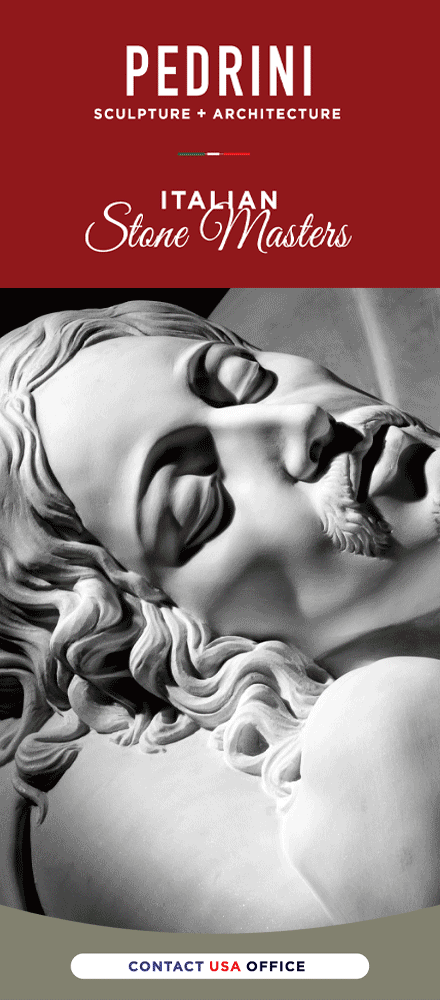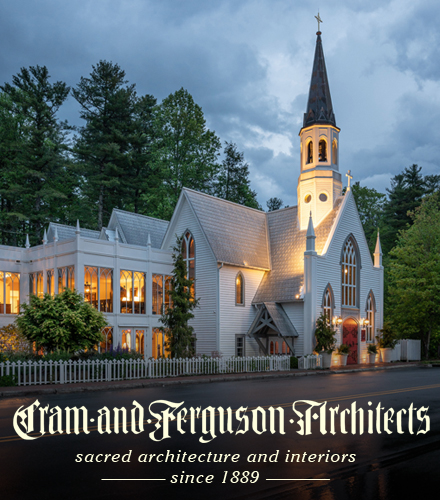O
ne reason for issuing Summorum Pontificum, Pope Benedict XVI stated, was to faciliate a "mutual enrichment" of the two forms of the Roman Rite, the "extraordinary" (Missal of 1962) and the "ordinary" (Missal of 1970, revised in 1975 and again in 2000). In the Motu Proprio, the Holy Father gave permission for vernacular readings, even from the new Lectionary, to be used in celebrations of the extraordinary form. On other occasions, he has suggested that the Prefaces particular to the 1970 Missal, as well as the propers for saints canonized since 1962, be inserted into the 1962 Missal. Whether vernacular readings represent an enrichment or simply a welcome option is debatable, but the point is that the 1962 Missal is not impervious to revision (as the new Good Friday prayer for the Jews attests). But this is to speak of enrichment in only one direction.I suppose most Catholics who are devoted to, or at least familiar with, the extraordinary form of the Holy Sacrifice could easily suggest dozens of improvements in the other direction. Much has been said about the ordinary form being impoverished compared to its predecessor, to put it mildly -- even when the ordinary form is celebrated in Latin and with much external solemnity. I think Peter Kwasniewski captures it best in the current issue of The Latin Mass magazine: "The [Novus Ordo] has neither the mystical silence of the old Low Mass nor the political, dramatic beauty of the Solemn High Mass. It is neither glorious in its outward expression as triumphal celebration nor glorious in its inward dimension as contemplative prayer. So it has neither the outer splendor nor the inner profundity of the old Rite."[1]
My commitment to the "reform of the reform" is no secret. The Liturgical Movement of the past century yielded good fruits, most notably a stronger sense of corporate worship (although I contend this did not necessitate the creation of a new Order of Mass); moreover, allowance of the vernacular was, in the main, a good thing, as were the expansion of biblical texts and the sharpened differentiation between what the ordinary form terms the Liturgy of the Word and the Liturgy of the Eucharist. I hasten to add, however, that an awareness of the symbolic and ceremonial deficiencies of the post-Vatican II liturgy explains the temptation of many traditionally minded priests (myself included) to "import" Tridentine rubrics and prayers when celebrating the ordinary form (to wit, see Father Fessio's March 25 interview with NLM).
I say "temptation" because Church discipline prohibits the mixing of rites (or forms, as we should now say).[2] I am not permitted to speak English or pray the Offertory prayers of the 1970 Missal (in English or Latin) when offering the extraordinary form of Mass (nor would I want to), just as I ought not use the Prayers at the Foot of the Altar or the Confiteor of the 1962 Missal when offering the ordinary form (though I would like to). I suppose, as a matter of personal piety, I could pray certain prayers of the 1962 Missal silently when celebrating the ordinary form, such as the Aufer a nobis as I approach the altar, or the prayers for the blessing of incense; but, as these prayers are not in the 1970 Missal, their inclusion would have to be truly private (as in the case of the pious custom of whispering "My Lord and my God" after the consecration of the bread and wine). Thirty years ago, the Congregation for Divine Worship, in reply to the question whether it is licit to use the "Tridentine" form of altar incensation in the new rite, pronounced: "When the rubrics of the Missal of Paul VI say nothing or say little on particulars in some places, it is not to be inferred that the former rite should be observed."[3] Yet an overly strict interpretation of the rule forbidding everything mandated in the old rubrics, but not mentioned in the new, would have preposterous implications, as our friend Father Tim Finigan at the Hermeneutic of Continuity has shown. Besides, that was thirty years ago, and it's safe to say that a new mood now prevails in Rome.
The question arises: In view of Pope Benedict's promotion (by his words and example) of a "hermeneutic of continuity" (as opposed to a hermeneutic of rupture espoused by those who see Vatican II as a call for revolution, liturgical and otherwise), how strictly should we interpret the prohibition against mixing rites/forms? What, in other words, are the limits of mutual enrichment (that is, for those who do not sit on the Chair of Peter)?
It seems we now have two principles in tension. On the one hand, there is (and has always been) the principle of obedience to liturgical norms. No priest, even if he be a bishop, may add, remove, or change anything in the liturgy on his own authority.[4] Do we really want every priest to be permitted, ad libitum, to incorporate elements of the 1962 Missal into his celebration of the ordinary form of Mass? (Then again, the ordinary form is hardly noted for its stability and consistency from place to place.)
On the other hand, how can we expect the older form to influence the new, aside from having an impact on the ars celebrandi, if priests are not free at least to import elements of the 1962 Missal that would cause little or no confusion to the faithful (e.g., the sotto voce prayers while incensing the altar, or making the Sign of the Cross with the Host and chalice before communicating)? Must the actualization of the reform of the reform -- again, apart from ars celebrandi considerations -- await the promulgation of new liturgical norms and, eventually (one imagines), a new typical edition of the Roman Missal?
NOTES
[1] The Latin Mass, spring 2008, pg. 7. By "political" I suppose he means manifestly hierarchical (by means of, for instance, the positioning of the sacred ministers at the altar). [2] The indult Quattuor Abhinc Annos, issued on 3 October 1984 by the Congregation for Divine Worship, forbids the "interchanging of texts and rites of the two Missals" (1962 and 1970).
[3] Notitiae 14 (1978) 301-302, no. 2.
[4] Vatican Council II, Sacrosanctum Concilium (4 Dec 1963), no. 22.3.


